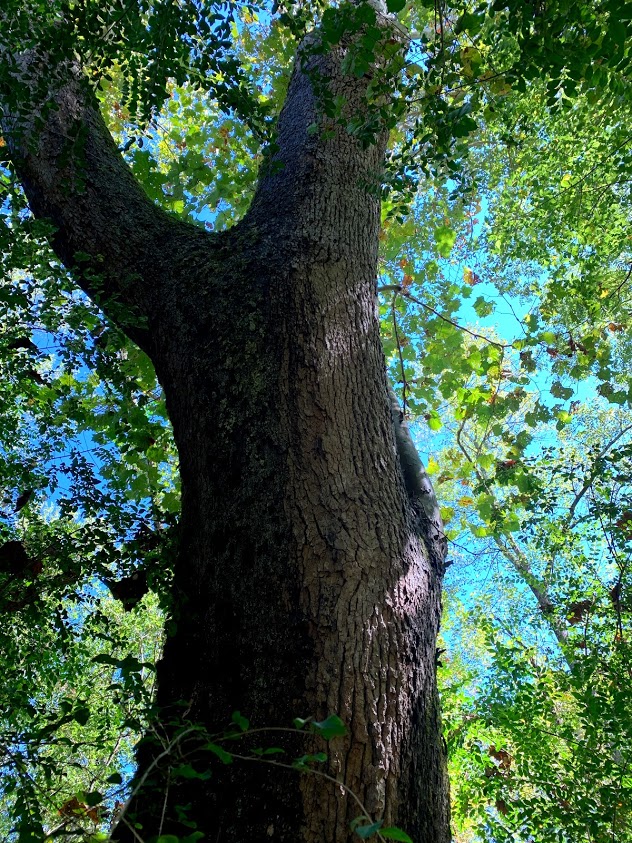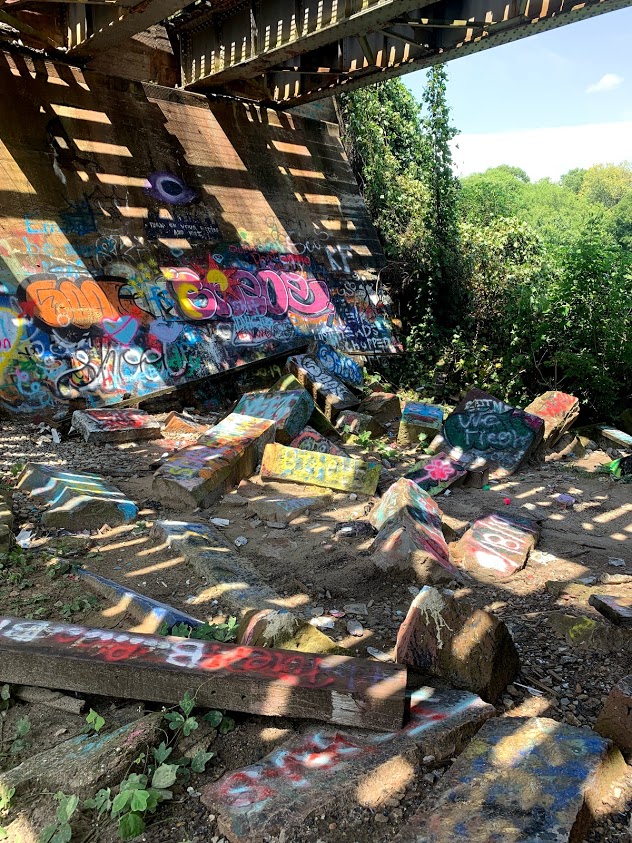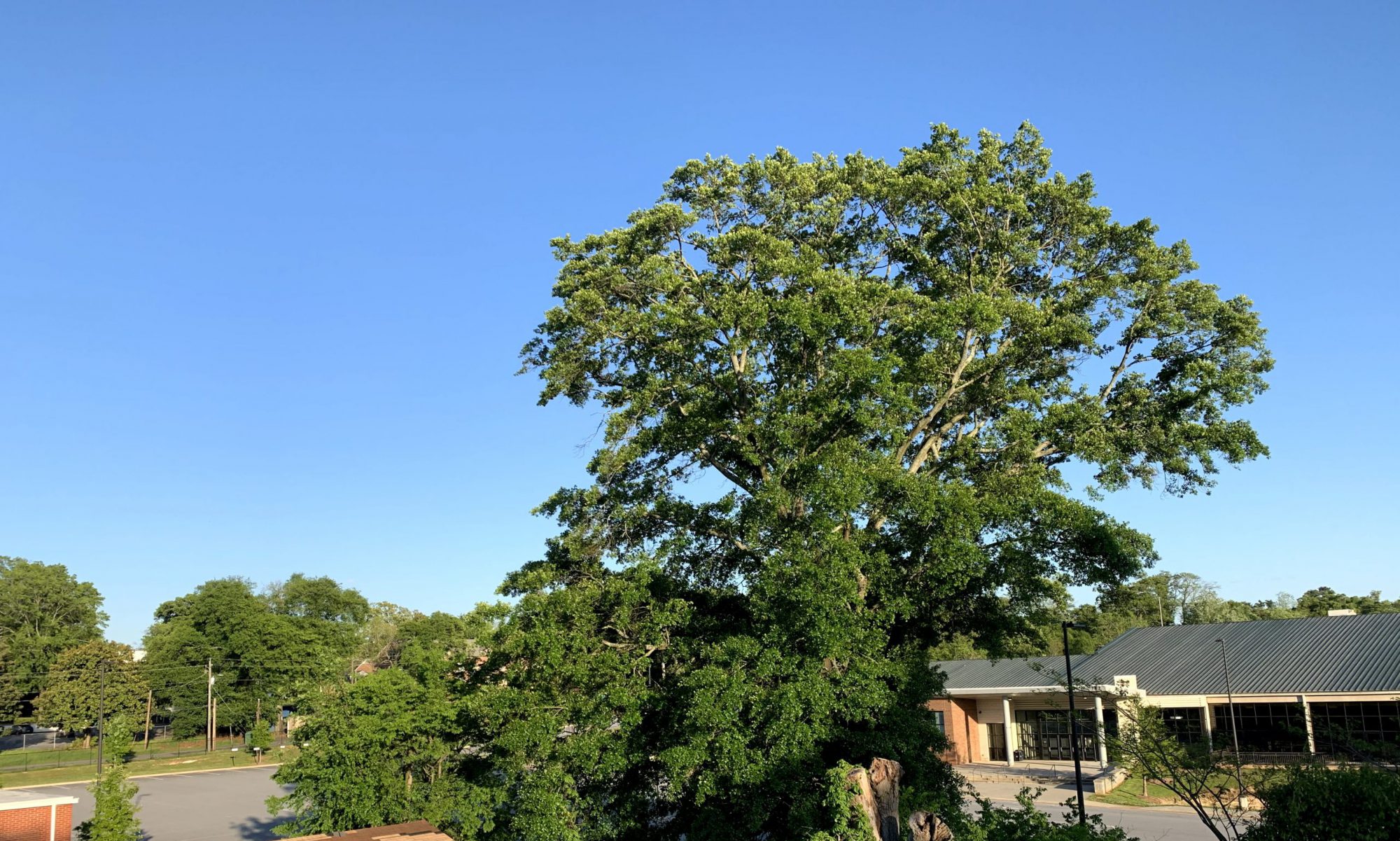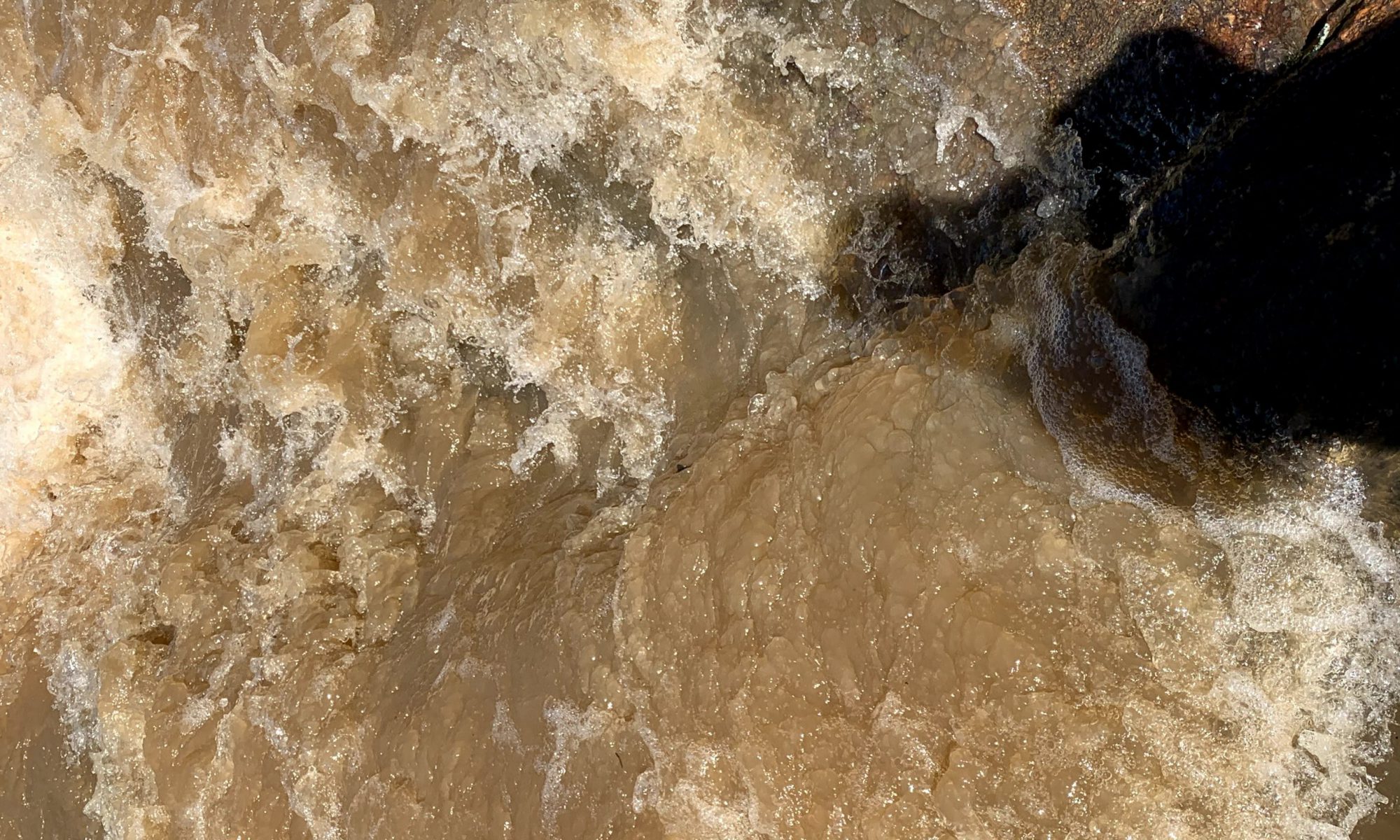Ecological Sphere
My basic course in Ecology was really the class that started my journey into thinking about sustainability and integrating it into my daily life and routine. I was still in the beginnings of my academic career and I was just trying to fill in a class requirement, but through the teachings of my professor, Dr. Krista Capps, I became helplessly interested in Ecology as a field of study. I was also taking the mandatory lab in conjunction with the class, and we had to conduct several basic studies analyzing the environment around us. I specifically remember testing the water behind the art school, fishnet in hand with my groupmates, and wondering if I should change my major from Art History. All of our trips still bring back fond memories, from visiting a local farm and meeting with the farmer to discuss soil and small farming techniques to the final project. The final project was the instigator for my push toward sustainable techniques in my own life. In this requirement for the class, we were all asked to change one habit that we had to better the environment. Some chose to lower their time in the shower, and others chose to start recycling. I decided to monitor my waste output and try as much as I could to reduce everything, and so I stopped using plastic bags at the grocery store. It felt really silly to walk out of the store with all of my things still loose in the cart, and the trips to take all the things I had bought into the house were more than I’d like to remember, but eventually I started to bring my own bags. I started to only use glass bottles, to cut out fast food completely and to change my shopping habits altogether, fully integrating myself in sustainability at home. It was actually in the Ecology class that I first heard about the Sustainability Certificate, Dr. Capps was recommending we all take it, and I was so happy to find a resource that would allow me to continue learning about sustainability, while not having to give up my other passion, Art History. Dr. Capps herself was so inspiring, asking us to go out into the world and be a force, something I hope to bring into my field.
Included is a promotional video for UGarden that includes my lovely friend Carl and I during a volunteer work day! Enjoy some hand and cabbage modeling!
Economic Sphere
The course that I believe challenged me the most personally was the Environmental Management class, as someone with an Art History background, this class was the most far removed from my area of expertise. However, I would argue that this class is fundamental to understanding capitalism within the context of sustainability. At the beginning of the semester, my views were quite bleak in terms of the two concepts being able to compliment one another. It was, and still is, very difficult to imagine a world in which both concepts would be able to flourish to their full potential. In a sense, I believe that both sustainability and capitalism would be able to function together, but neither would be able to reach the complete and total fruition imagined for each idea. Fundamentally, one could argue that there are two separate messages from each concept being requested of the individual. With capitalism, we are asked to look after the individual’s financial gain, and to stop at nothing to maximize profit. With sustainability, the end goal is not monetary but instead based on the idea of communal well being.
However, this is not to say that they cannot coexist, White Oak Pastures and Patagonia are prime examples studied in the course of this peaceful relationship. Both companies prioritize sustainability, but do so within the realm of capitalism. White Oaks withholds themselves from becoming an industrialized farm that can only produce a specialized item, instead focusing on creating a small variety of high quality items while utilizing sustainable practices. They are pioneers in this mitigated relationship between sustainability and capitalism, but one can see that neither idea is getting fully conceptualized. As guest speaker, Will Harris mentioned to the class, it would be tempting to scale up the efforts of sustainable farming, but the most ethical idea would be for each small town to have its own farm, instead of just one dominating the surrounding area, in effect becoming a large industrialized, and specialized operation. To take it all the way to the other side, if it were to become completely backed up to sustainability, there would be no farm, instead just small communities with select animals, eradicating the need for a farm industry at all. Perhaps a better example, Patagonia is doing an excellent job at managing capitalism and sustainability, even though they do lean more towards the capitalistic side of it all. They are a great tribute to the idea that a company can operate within the realm of capitalism and still retain sustainable values. Their company is large and found retailed all around the world, and yet they still manage to embody the idea of reusable products with longevity of use in mind, this is their core brand and people support them for it. This is the most ideal concept for a company still based in capitalism.
I still believe that sustainability and capitalism are not cohesive ideas, but I do not believe that it is helpless. I think that both ideas can coexist, but neither can come into its full capacity with the other still operating within the same ring. I think that companies like Patagonia are excellent models to follow in the future, but I do not know if the idea of capitalism will allow for the fullest understanding of sustainability. Capitalism’s priority is acquiring and creating value, and sustainability is about accommodation and working within a concept larger than the individual’s needs. Through the intrinsic nature of the two, for one to come into fruition, the other cannot be prioritized.

Social Sphere
My biggest take-away from this course was the vital relationship between people and the urban dwellings they inhabit, and how certain groups of people, especially people of color, can be disproportionately and negatively affected through architecture and infrastructure. It could be something as simple as a neighborhood building a community garden, which would then bring crime rates down in the surrounding area. We also learned about how people of the lower class are unjustly put in more harmful situations when maneuvering urban landscapes, for example, the layout of most cities are based on the assumption that one has a working automobile, thus walking paths and sidewalks are usually less maintained than roads, often not being safely lit or not existing at all. We read a story about a woman without a vehicle who walked to work everyday, and often walked home in the dark through parks and parking lots because it was quicker than following the sidewalk which did not have a good path to her apartment, while it was more dangerous to walk through the darkness, it was faster and she felt forced to take these more at-risk routes. It was green spaces and well lit areas that provided a safer environment for people living in these urban areas, the same green spaces which can be sustainably used to promote wildlife and a more diverse ecology. I took this course knowing that it would take a sociological approach to urban dwellings and infrastructure in hopes to tie it back to sustainability in my own right, especially because our communities will only continue to inhabit these urban settings, thus finding the way to integrate sustainability into the future of human living spaces for everyone. I think it is important, especially with something like sustainability, which is commonly reserved for people of privilege, to remember the people who are not privileged and to bring them into the fold, especially when contextualizing sustainability in the future.


